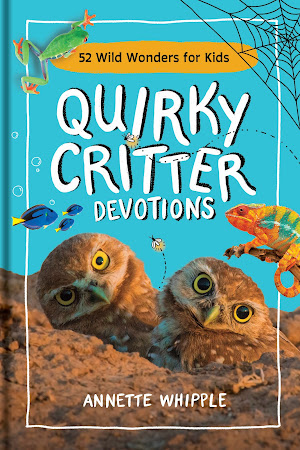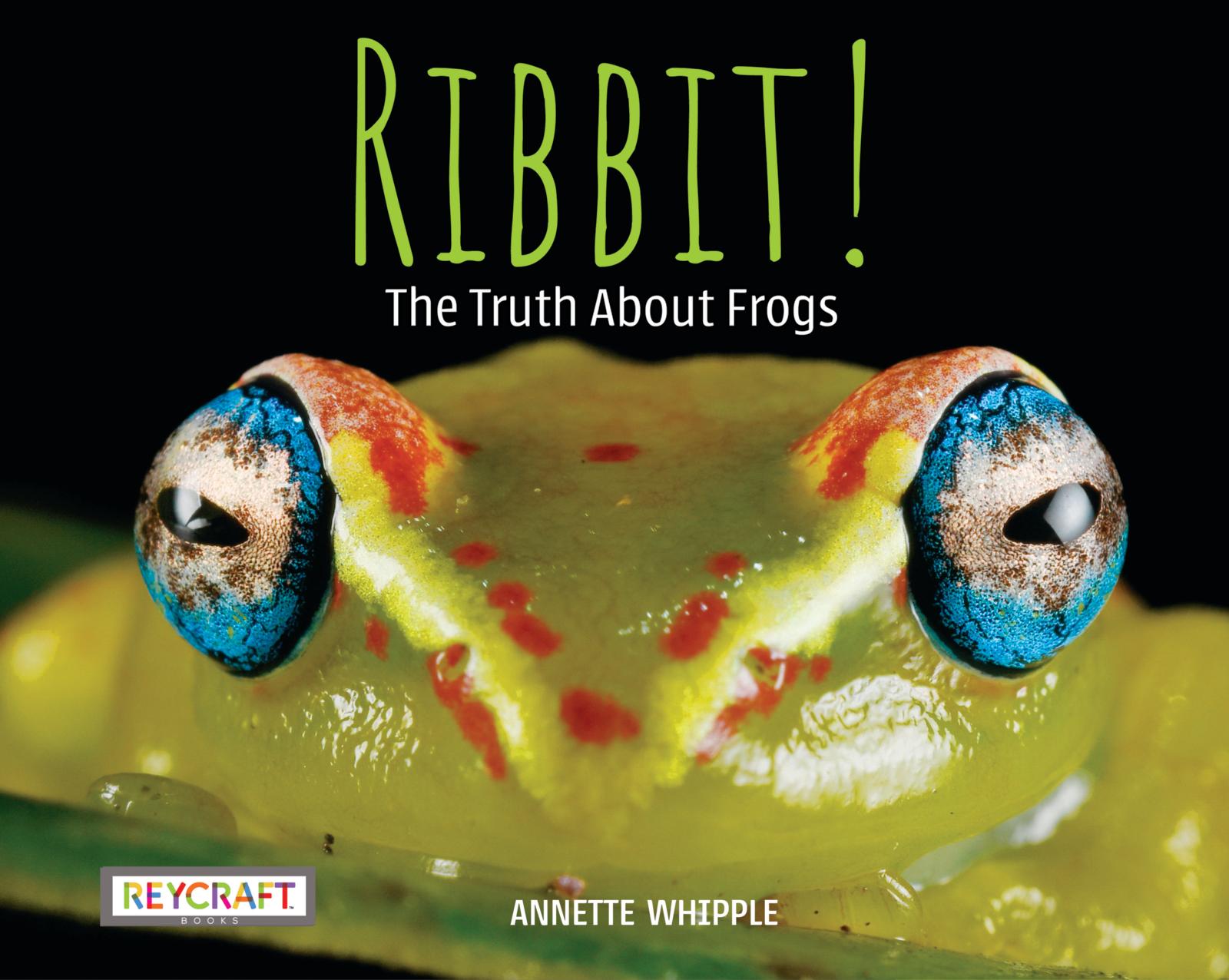This year I revised the seventh book in The Truth About series (Reycraft Books). It'll be Flick! The Truth About Lizards. My first draft is always ugly. It's through revisions and feedback from others that my writing shines. (These aren't quick edits, but thorough revisions.) There's something else, too. Knowing what readers (and publishers) want. (Hint: Good writing is often more than just good writing.) Let me tell you about writing and revising a nonfiction picture book when it took nearly three dozen revisions to get it right.
For the first book in the series, Whooo Knew? The Truth About Owls, it took me a whopping 35 drafts to get it ready for submission.
For the first 20 or 25 drafts of my owl book, the writing was good. (Well, the first draft or two were ugly, but after that the writing improved a lot.) But it wasn't quite right. So I kept tweaking it. But I knew it wouldn't sell. The problem was not the writing...but it was the writing.
The Writing Problem
The problem was my nonfiction story didn't stand out. There was nothing extra special about it to get a publisher excited. I felt stuck. So, I set the manuscript aside.
While I researched and wrote a different project (for a couple of years), I was also reading a ton of recently published children's nonfiction.
By thinking about what my kids love in books and what I found compelling in all those books I read prepared me for revisions. When I finished and submitted The Laura Ingalls Wilder Companion: A Chapter-by-Chapter Guide, I had a plan for my owl manuscript.
Major Revisions
I didn't change the topic. I didn't change the research. But just about everything else changed.
Audience
I changed the audience to make it appeal to younger readers. It was no longer middle grade. And I no longer dreamed of having an owl pellet dissection kit as part of the book. I thought it might work as a chapter book (in a series) or as a picture book. I needed to play to know for sure.
Word Count
I knew all sorts of amazing facts about owls and had tried to include them all in my early drafts. It didn't work. I had to shorten it--dramatically.
Structure
I decided on a question-and-answer format to answer kids' big questions about owls and expose some myths. Need ideas for nonfiction picture book structures? Melissa Stewart wrote about many options in this SLJ article.
Humor
My kids love humor in books. I chose to keep my main text fairly straight-forward, but I added humor in the sidebars.
Back Matter
Some of the extra information from early drafts made it into the back matter. Some of those cool facts can still be shared, just not in the main text. If you've read any of The Truth About animal series, you know I ♥ back matter. Learn more about back matter in this post and this post at NF Fest. I'm not the only one. Editor Carol Hinz has written about back matter, too.
More Revisions and Tips for Writers
Of course, if you want your nonfiction picture book published, you need good writing--not just a good structure and hook. Remove passive and weak verbs as much as possible. Limit exclamation points (maybe use one). Use interesting or fun word choices. Show the action instead of tell. Introduce new vocabulary with familiar terms. Fact check. Then fact check some more.
Revise on paper at least once.
Read it aloud...more than once.
The Revision Results
I loved my new manuscript, and so did Reycraft Books. Whooo Knew? The Truth About Owls became a book in 2020. And the following year it became a series. These books have been recognized for various award nominations, too. I'm so grateful I didn't give up on my book idea.
(Ask for them at your local bookstore or library. They're also available online. If you're a teacher or homeschooler, be sure to check out my educator guides, too.)
The cool thing about writing a nonfiction picture book series is I don't have to try out different text structures for each book. I knew Flick! The Truth About Lizards would have a Q&A format, the general word count, and more because it is part of a series. I wrote and revised it in about ten drafts. Many of those revisions were thanks to my critique partners as well as my expert.
You can look for Chomp! The Truth About Sharks and Flick! The Truth About Lizards in 2024 in addition to Quirky Critter Devotions: 52 Wild Wonders for Kids (Tyndale).
I'd love for you to leave a comment telling me what part of the proofreading process helps you the most OR a tip for other writers about proofreading!
If you're a writer, and would like access to my self-edit chart for nonfiction kidlit, be sure to subscribe to my monthly newsletter. I'm sharing it in the next newsletter I send out.



















No comments